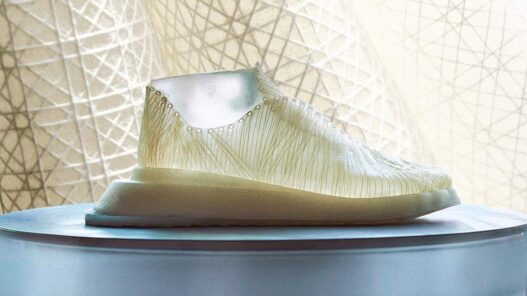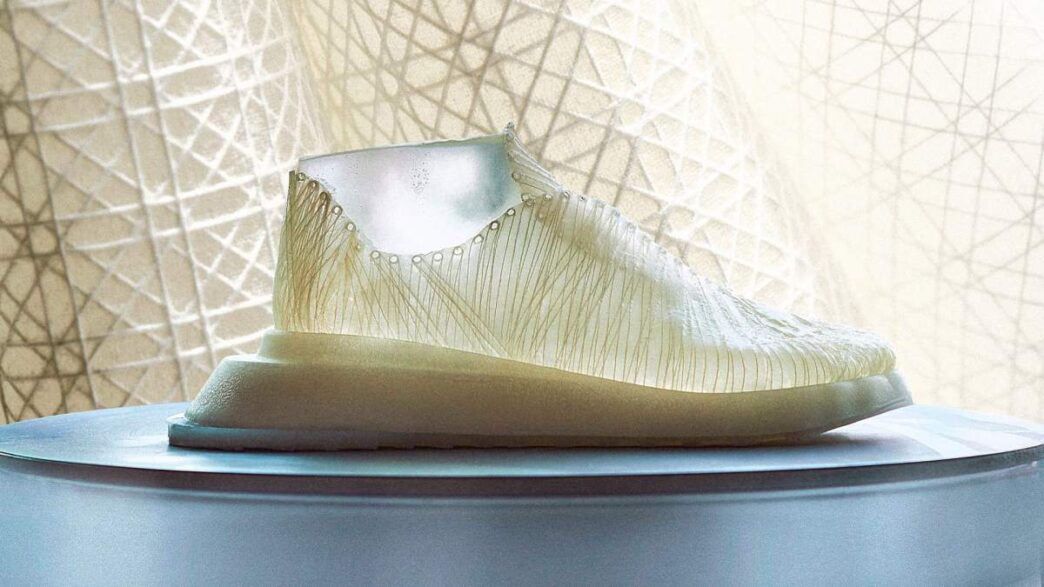Jen Keane’s reputation is that it has grown with bacteria, and persuading microbes to deposit their nanoparticles in the form of a sport shoe. But it is a kind.
“I feel this type of lack of point,” she told Techcrunch. “The fibers produced by bacteria – such as, this is not a new thing.”
This does not mean that starting its new run does not use these fibers itself – it does that – but it requires a different set, which is similar to the way the fabric is made and used today.
Start up to it, Modern synthesisIt is still used bacteria to grow nanosilose fibers, but then reaps and treats them to create a group of different materials. The new approach is similar to cotton weave in denim on jeans. On the other hand, it was a sport shoe experience, such as persuading the cotton plant to deposit its fibers in the form of a pair of pants. Cold, but not as easy.
Modern synthesis can be processed in ways that cannot be simple vegetable fibers. Kane, CEO of Modern Synthesis, said that it can spread in a high -quality movie or a high -quality leather simulation. In this way, they are more like synthetic materials such as polyester and polyurethane.
The difference, however, is that modern synthesis nanosilose materials are ultimately decomposed.
“You want your material to last for life or perhaps two years, like 100 years. You don’t want to wander for thousands, which is what most synthetic materials will do.”
Since the basic milk of the textiles at the start of the operation is cellulose, what remains after its decomposition is similar to what is on the forest floor. “You should act similar to other cellulose materials,” she said. “Cotton is a great example of this.”
One of the breakfasts that encouraged Kane to find modern synthesis with Ben Reef, the chief technology official in the company, was the ability to create only materials using nanosilulose. She said that other vital substances can mimic leather, for example, but some synthetic materials may need to add them to the mixture to successfully pull it.
The modern synthesis buys nano from the current producers, which already makes things in large quantities for a set of applications, from Food additives to Cultivation. The startup then treats nanosilulose to create different materials. In 2023, for example, I made artificial leather for the Danish fashion brand, which I used to make a handbag That contained petrochemicals.
Kane said that the company is working on production in its experimental factory. The modern synthesis recently closed a $ 5.5 million financing round, the company exclusively told Techcrunch. The tour was led by Extantia Capital with the participation of the Artesian and Collaboraut Fund.
Although sports shoes, clothing and handbags are possible applications for modern synthesis materials, Keane is also looking for scientific fiction uses such as smart textiles with compact electronics and more circular panels such as auto information panels.
“Calligitary materials do not melt as the installations do,” she said. “If you are considering carbohydrates, how do you start melting when you sit in the sun for a long time. Our materials will not do it.”












